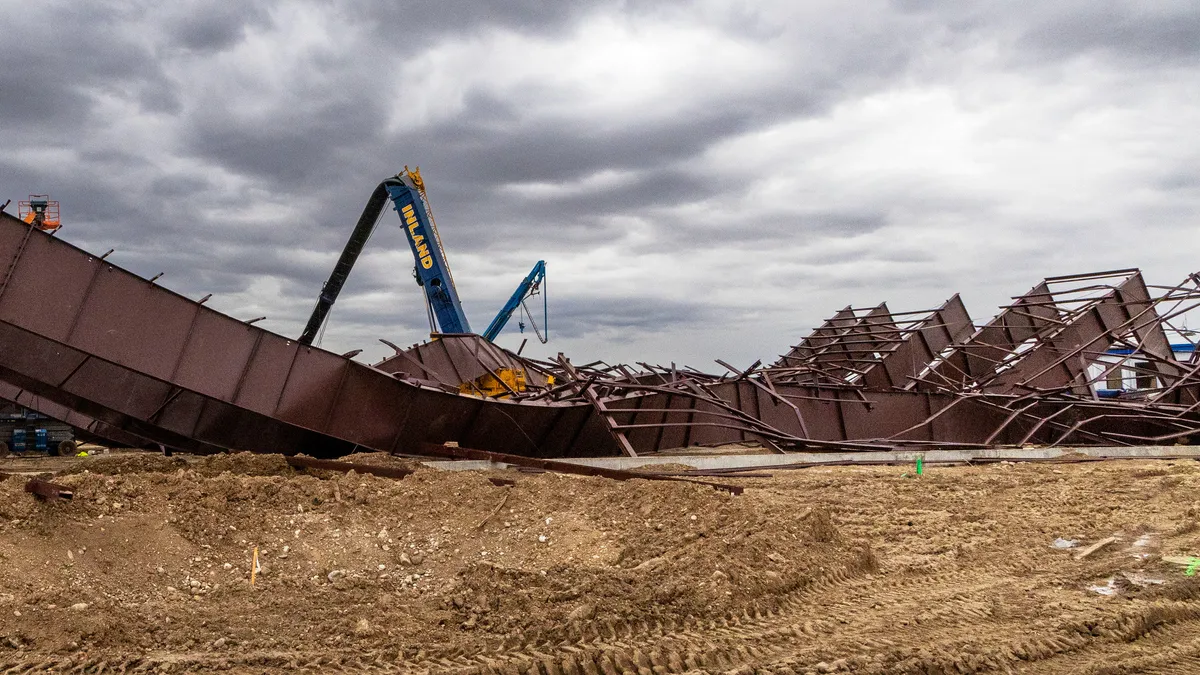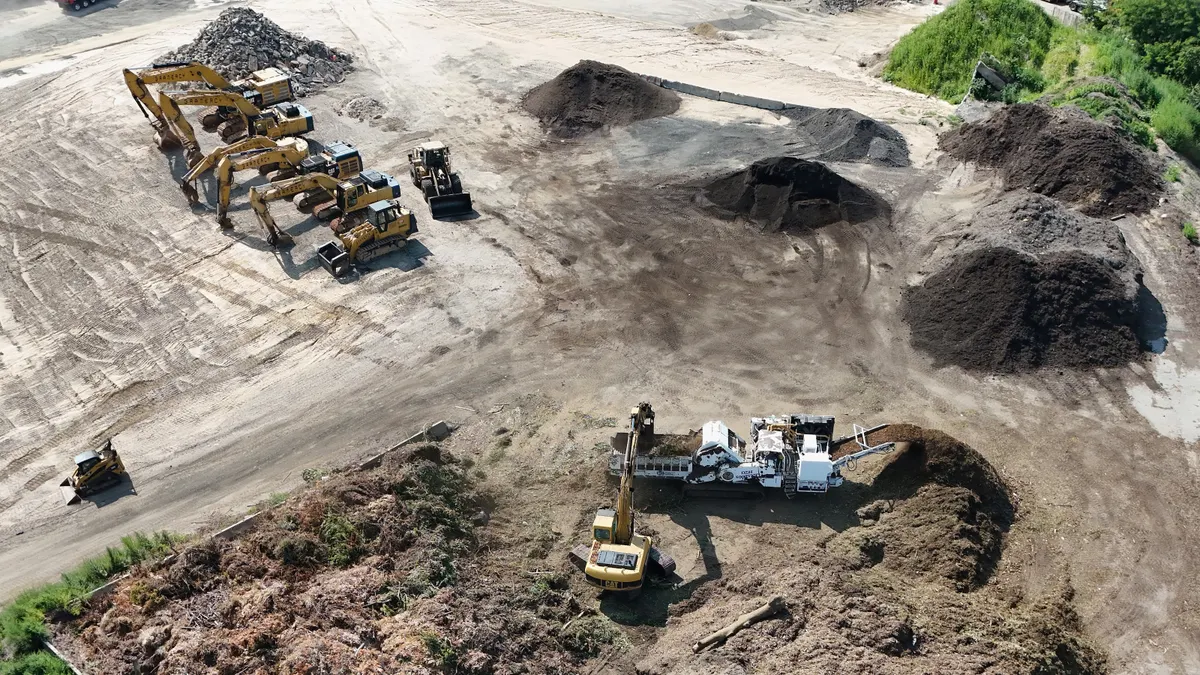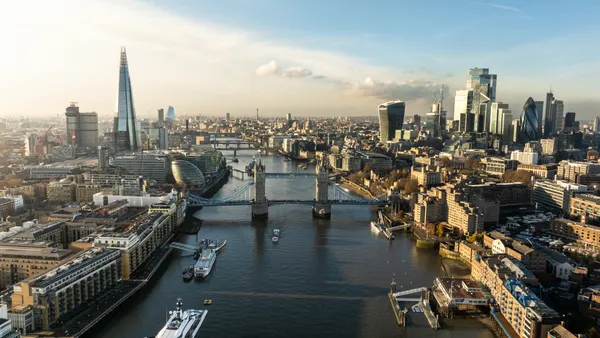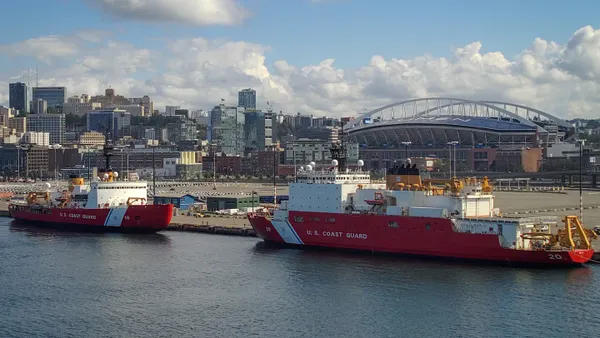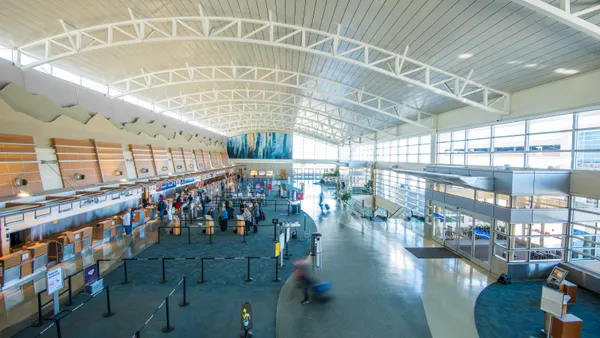Dive Brief:
- The Ada County Coroner’s Office has identified the three people killed last week in the collapse of a hangar that was under construction at an airfield near the Boise Airport. They were Craig Durrant, 59; Mario Sontay Tzi, 32; and Mariano Coc Och, 24.
- Durrant was a co-founder of Meridian, Idaho-based Big D Builders and brother of Dennis Durrant, the company’s owner, according to the Idaho Statesman. Big D Builders was building the new airplane hanger for Jackson Jet Center. In addition to those who died, nine others were injured. Their identities have not been released.
- “Words cannot describe our pain and sorrow since Wednesday evening,” read a statement from Big D Builders shared with the Idaho Statesman. “Behind our company name is a small, Idaho-grown, family-owned business, and we are grieving deeply with our community.”
Dive Insight:
Construction began on the one-story hangar last year; a permit for the foundation was issued in October, according to the Idaho Statesman, which enlisted the insight of multiple engineering experts to explore potential causes of the collapse. Some speculated that high winds could have contributed.
Winds gusted as high as 17 mph on the day of the collapse, and the Statesman said there was a 20-mph gust about 10 minutes before emergency services were called to the site. OSHA recommends assessing if lift operations should be suspended when winds reach that 20 mph threshold.
Robert Hamilton, an associate professor of civil engineering at Boise State University, noted that most buildings at the same stage of completion as the Boise hangar have temporary support before crews add the siding and roof to keep the building from shifting.
“I was very surprised it came down,” Hamilton told the Idaho Statesman.
Local firm Inland Crane had four cranes on the jobsite the day of the collapse, the Statesman reported. The hydraulic arm of one of them was caught in the collapse, and Inland Crane removed the other cranes from the site.
Inland Crane told the Statesman it does not believe its operators or machinery are to blame for the collapse.
Investigators have yet to announce a specific cause. The answer could lie in the 1940 collapse of the Tacoma Narrows Bridge in Washington state, where a panel of engineers later determined a “random act of turbulent wind,” had caused the failure, the Statesman reported.
Yang Lu, an associate professor of civil engineering at Boise State and an expert in forensic analysis of failed structures, told the Statesman the gust “could have been a triggering factor,” but it could take months to wrap up an investigation.



